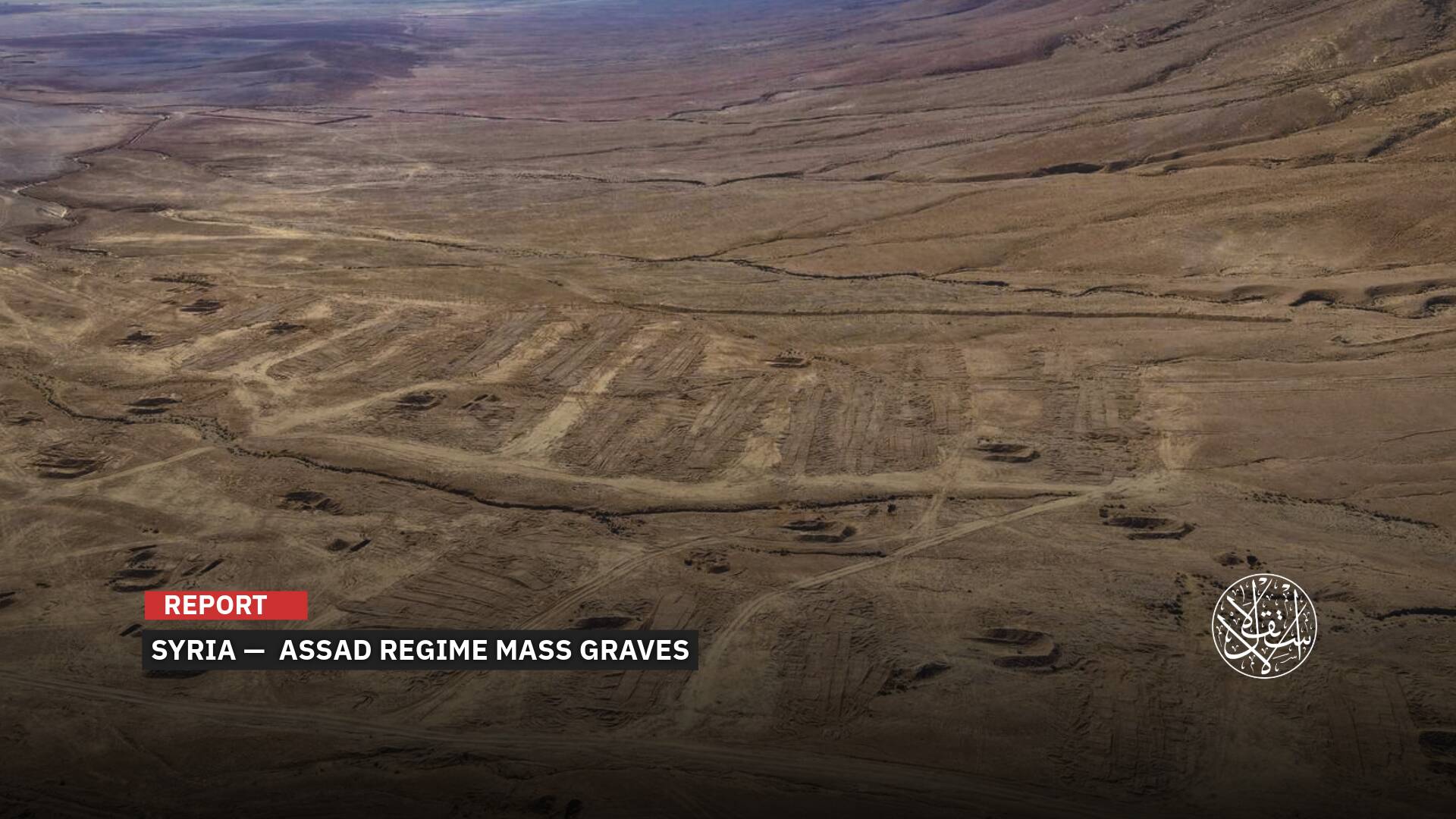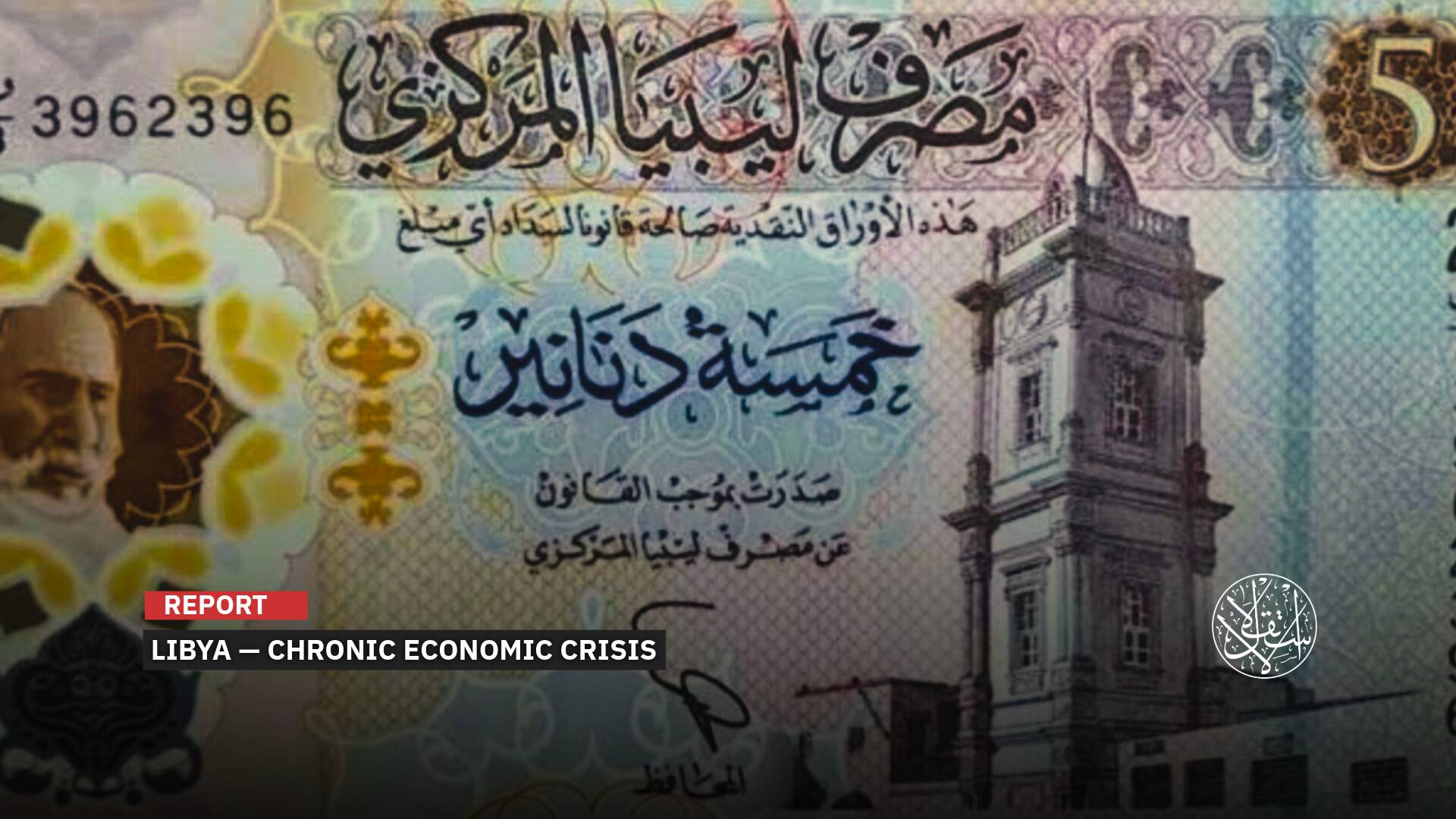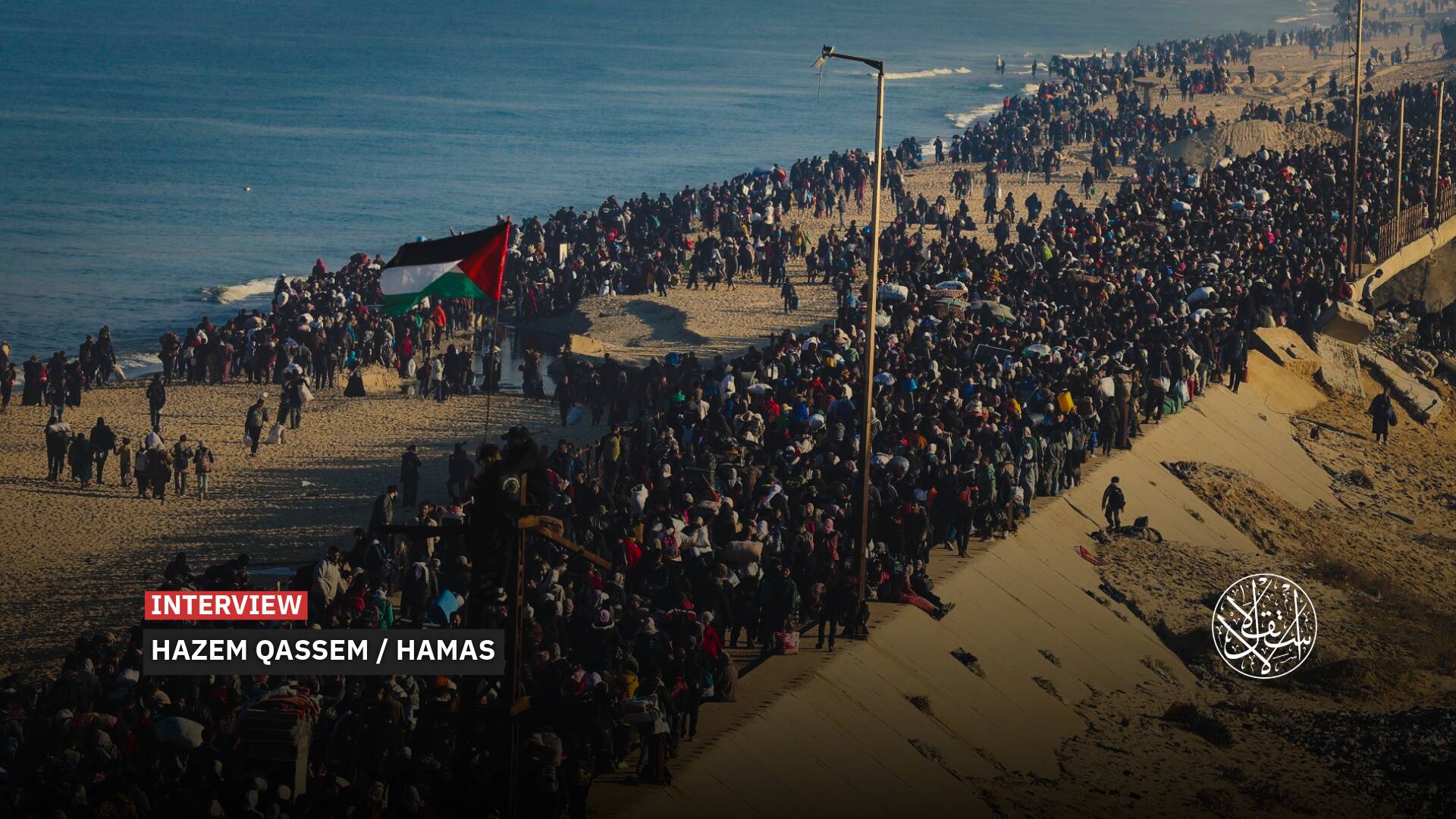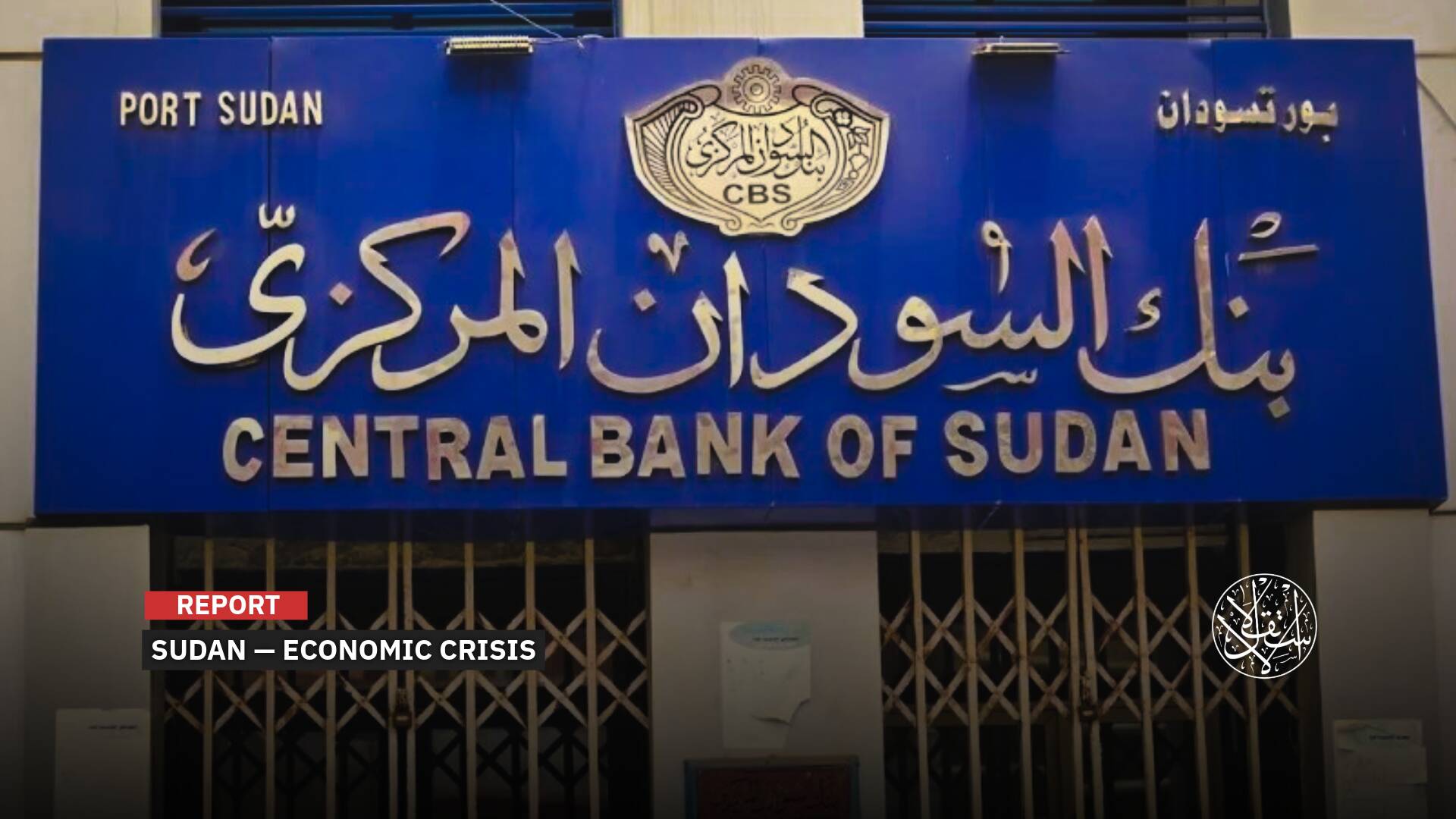Close to a Nuclear Bomb: What Are the Israeli Plans After Iran Crossed America’s Red Lines?

In conjunction with the International Atomic Energy Agency’s confirmation on February 28, 2023, that uranium particles enriched up to 83.7% in Iran’s underground Fordow nuclear plant, near the 90% needed to produce a nuclear bomb, talks and worries of an imminent direct armed confrontation with “Israel” started to bubble on the surface.
Israeli media and security confirmed that “Tel Aviv” may have taken a decision to strike Iran’s nuclear facilities, with or without America, but with joint coordination.
They confirmed that the Israeli Prime Minister, Benjamin Netanyahu, will seek this option strongly to get out of the crisis of the Jewish community’s division that came to reduce the powers of the judiciary, especially after bombing the facilities of the military-industrial complex in the Iranian city, Isfahan, on January 29, 2023.
Nuclear Bomb
The U.S. Under Secretary of Defense for Policy, Colin Kahl, said in early March 2023 that Iran could now produce “one bomb’s worth of fissile material” in “about 12 days.”
“Iran’s nuclear progress since” the Trump administration withdrew the United States from the 2015 nuclear deal “has been remarkable,” according to AP.
Israeli analysts believe that Tehran took advantage of the withdrawal of former U.S. President Donald Trump’s administration from the nuclear agreement to create a balance factor with “Tel Aviv” and Washington by increasing uranium enrichment to the point of producing a nuclear weapon.
For months, diplomats from Iran, the United States, and five other countries have been negotiating in the Austrian capital, Vienna, about a deal to reimpose restrictions on Tehran’s nuclear program in return for lifting economic sanctions that former U.S. President Donald Trump reimposed after Washington withdrew from the agreement in May 2018.

Analysts believe that Tehran continues to exploit the current internal Israeli conflict over the powers of judges, to implement its plan, not caring about the Israeli strikes against it in Syria and inside Iran as long as this proceeds to implement its goal.
The Netanyahu government insists on adopting bills that would limit the power of the judiciary in favor of the legislative and executive branches, which the opposition considers a coup against democracy.
International experts fear that any Israeli strike on Iranian nuclear facilities could mean an open military conflict with Iran, which could lead to an unprecedented regional confrontation that would affect global oil supplies.
They warned that Russia might form an alliance with Iran, which it supported in Ukraine, and might supply it with S-400 missiles, so “Israel’s window to strike Iran’s nuclear program narrows as Putin enters the equation,” Bloomberg said on March 2, 2023.
Strike Indicators
The Times of Israel confirmed on February 22, 2023, that “Prime Minister Benjamin Netanyahu reportedly held a series of secret high-level meetings with top military officials aimed at upping preparations for a possible confrontation with Iran.”
On the Israeli channel N12, on February 22, 2023, military analyst, Nir Dvori, explained more details confirming that Netanyahu held 5 meetings to discuss the readiness to attack nuclear facilities in Iran.

According to the channel, “Israel’s security elite” participated in these discussions, which included Defense Minister Yoav Gallant, the Chief of the Army’s General Staff, General Herzi Halevi, and the head of the Mossad, David Barnea, along with the head of the National Security Council, Tzachi Hanegbi, the head of the Military Intelligence Division, Aman, Major General Aharon Haliva, the head of the Operations Department, Major General Oded Basiuk, and the commanders of the army units. They “decided to raise the alarm and be ready for an operation against nuclear facilities in Iran.”
This coincided with the assertion of the former head of Israeli military intelligence and head of the Institute for National Security Studies, Tamir Hayman, that “Tel Aviv’s strategy in confronting the Iranian nuclear program has failed, and a military solution must be found.”
Hayman said in an analysis published by the Hebrew channel N12 on February 21, 2023, that the latest report of the International Atomic Energy Agency’s observers “is a wake-up call for everyone.”
He explained that “there is no significant difference between 60% and 84%, because the degree of military enrichment is 90% and Iran is so close to that.”
He called for preparing for a military option in cooperation with the United States, saying that a credible military threat must be prepared and developed through close cooperation with the United States military.
He admitted that the Iranians had not yet reached the nuclear bomb, and that even if they decided to enrich at 90%, this does not mean reaching a bomb, “but whenever they reach this level, the option to launch an effective military attack is diminishing.”
Bet on Russia
Bloomberg quoted Israeli and American sources as saying that there are fears that Iran might acquire the Russian S-400 missile systems, noting that this will speed up the decision to launch a possible attack on Iranian nuclear sites.
“The prospect of Iran getting the systems, the S-400s, would accelerate a decision on a possible attack,” people in Israel and the U.S. with knowledge of the discussions said.
The former official in Israeli military intelligence, Yossi Kuperwasser, confirmed that the Russian air defense system (S-400 missiles), which can hit air targets at a distance of up to 155 miles, will create a red zone for Israeli aircraft at high altitudes.
The higher their air defenses are, the more difficult it will be to hit them, so “we are analyzing the most opportune time to take action,” he said.
On February 21, 2023, Netanyahu stressed during a speech at a national security conference that Iran’s nuclear ambitions must be thwarted by serious threats of military action or by launching bombers in the air.
Netanyahu said that the only thing that prevents rogue states from developing nuclear weapons is a credible military threat or credible military action.
The irony is that the Emirati political analyst Salem al-Ketbi, who writes for the far-right Israel Hayom newspaper, warned the West and “Israel” in an article on February 23, 2023, that “Tehran is betting on Russia.”
Al-Ketbi said that Iran is “in a race against time” to obtain military power in all its forms in light of mutual interests between the two countries.
He warned that Iran is about to acquire a nuclear military force and an arsenal of ballistic missiles that reach Europe borders, and these are all serious problems and developments that must be addressed at the regional and international levels.
Al-Ketbi added: “But no one wants new wars in the region whose security and stability are among their future bets.”
The former prime minister, Ehud Barak, said that Netanyahu sought on more than one occasion to order an Israeli Air Force attack on Iran’s nuclear facilities, “but were scuppered first by chief of staff Gabi Ashkenazi in 2010, who said the IDF was not ready for the operation,” according to The Times of Israel, August 21, 2015.
Barak also said that there were plans in 2012 for a similar strike, but the operation was canceled because “Israel” was conducting military exercises with the United States at the time, and Netanyahu did not want to drag the American military into a war with Iran.
On February 2, 2023, Iran accused “Israel” of launching a drone attack on a weapons facility in Isfahan, and the latter did not comment on that, but the New York Times quoted U.S. intelligence officials on January 29, 2023, as saying that Mossad was behind the strike on Isfahan.
Tehran’s envoy to the United Nations, Amir Saeid Iravani, said that “Israel” is responsible for the attack, and Iran reserves its legitimate right to defend its national security and respond firmly to any threat or violation of the Israeli Occupation regime wherever and whenever it deems it necessary.
Crossing the Red Lines
The report issued by the International Atomic Energy Agency (IAEA) on February 28, 2023, was not the first to confirm that agency inspectors found uranium particles enriched up to 83.7% in Iran’s underground Fordow nuclear plant.
On January 30, 2023, the Director General of the IAEA, Rafael Mariano Grossi, also warned that Iran now has enough uranium to produce several nuclear bombs if it chooses so.

Analysts believe that the IAEA reports represent a threat to Tehran, because the United States and “Israel” will exploit them to strike Iran, similar to what former U.S. President George Bush did by bombing Baghdad, claiming that these reports implicitly warned, unlike Iran’s case, of Iraqi nuclear capabilities at the time.
However, Tehran denied that it had reached 84% and denied its intention to obtain a nuclear weapon.
Behrouz Kamalvandi, spokesman for the Atomic Energy Organization of Iran (AEOI), has reacted to Western media reports, saying that finding atomic particles with that purity is natural.
“Finding atomic particles with 84% [purity] in the enrichment process is a natural thing. I mean, we may produce 5% and see 11% particles. Or we may produce 20% and see 37% particles. There have been such cases in the past. When we say particles, we mean nuclear particles that cannot be seen even under a microscope. Naturally, [the existence of] such particles is a natural thing in the process of enrichment. When you inject foodstuff, if it is high, then it will get enriched more. The final product is important, which is 60%,” he said during an interview with Mehr News.
But the confidential detailed report distributed by the International Atomic Energy Agency to member states fueled tensions between Iran and the West over Tehran’s nuclear program.
According to the Associated Press, The IAEA report only speaks about “particles,” suggesting that Iran isn’t building a stockpile of uranium enriched above 60%—the level it has been enriching at for some time.
The IAEA report described inspectors discovering on January 21 that two cascades of IR-6 centrifuges at Iran’s Fordow facility had been configured in a way “substantially different” from what had been previously declared. The IAEA took samples the following day, which showed particles up to 83.7% purity, the report said.
“Iran informed the agency that ‘unintended fluctuations’ in enrichment levels may have occurred during the transition period,” the IAEA report said. “Discussions between the agency and Iran to clarify the matter are ongoing.”
Sources
- Israel’s Window to Strike Iran Narrows as Putin Enters Equation
- PENTAGON DEVELOPED CONTINGENCY PLAN FOR WAR WITH IRAN
- Netanyahu said to huddle repeatedly with military brass over possible attack on Iran
- Top US Defense official says Iran could produce 'one bomb's worth of fissile material' in 'about 12 days'
- Israel’s Dangerous Shadow War With Iran
- UN report: Uranium particles enriched to 83.7% found in Iran











